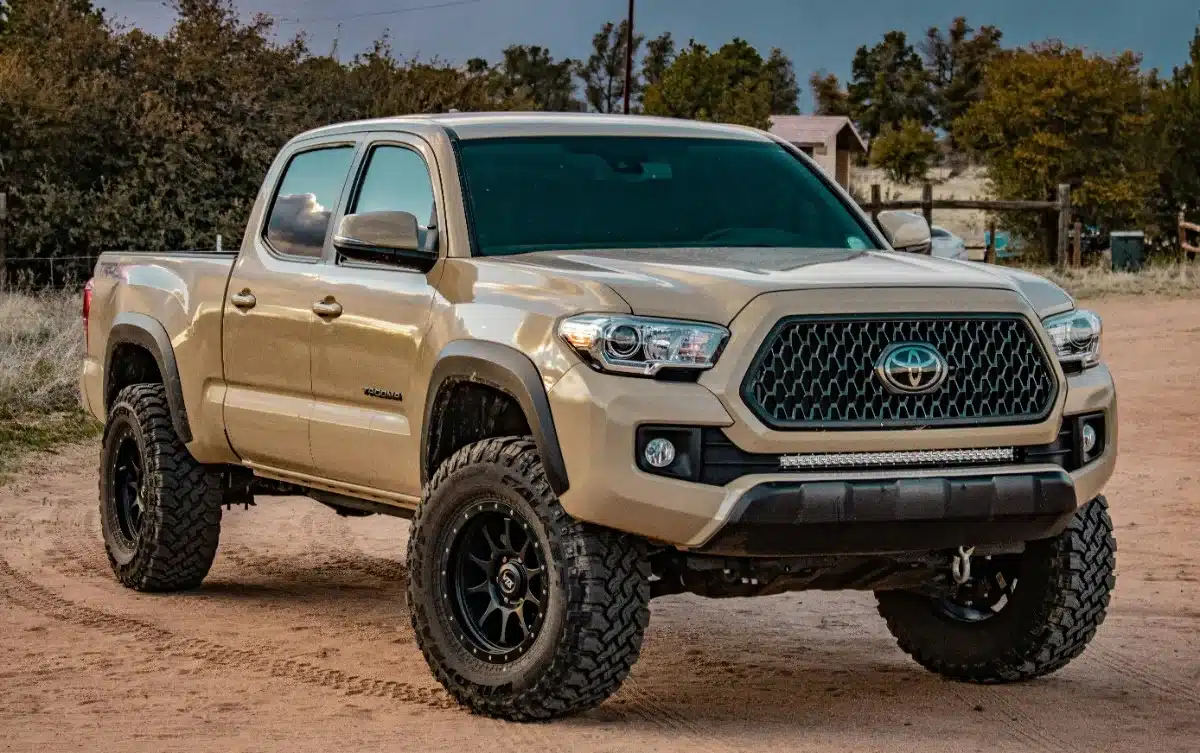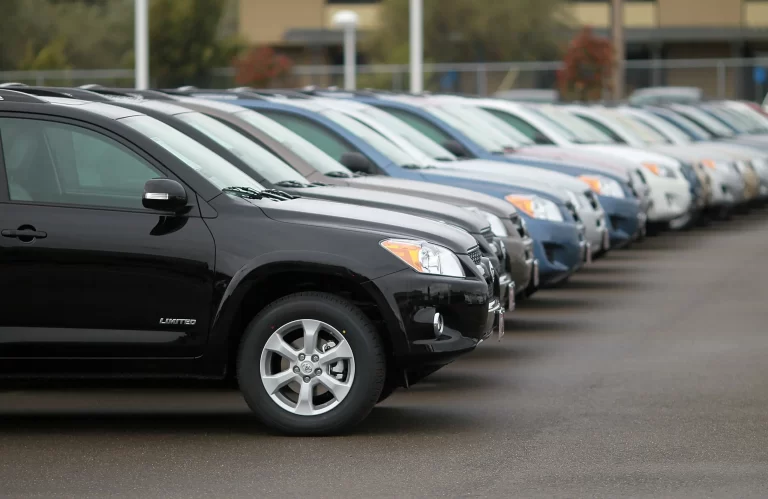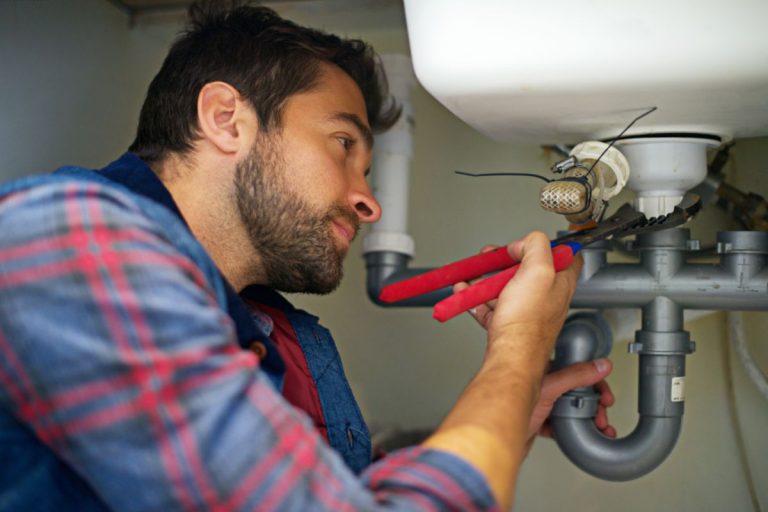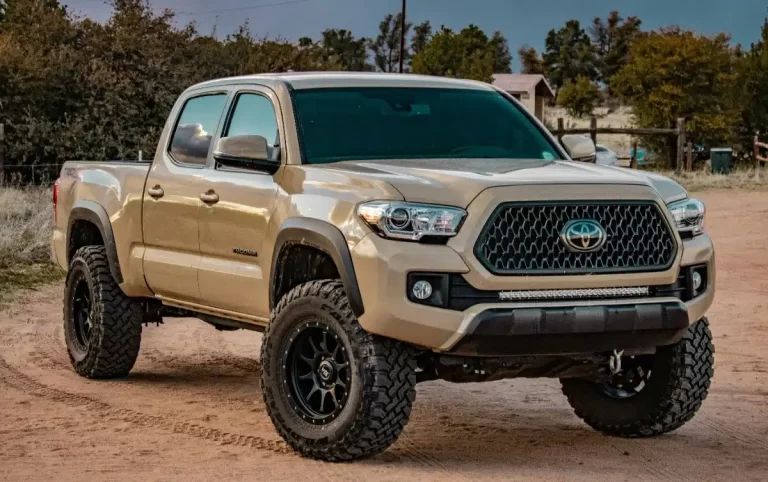Buying a preowned vehicle demands careful attention to details beyond appearance. Understanding its background helps avoid costly maintenance issues later. A vehicle history report provides essential data, showing previous use, previous damage, and ownership records. Learning to interpret this record ensures informed decisions, better value, and peace of mind before purchase. Review the information to uncover patterns indicating repairs, leasing usage, or potential problems indicating poor condition. Clear understanding of the document allows buyers to evaluate whether the vehicle suits their expectations, giving confidence before making payment.
Check the Report Source
Start by reviewing the report provider to verify authenticity. Select trusted platforms that gather accurate records from verified data sources before you proceed with evaluation. Visit Maverick Toyota to know more information.
Review Ownership Timeline
Examine the number of previous owners to learn the vehicle’s story through repeated changes. Fewer owners often suggest care while frequent shifts indicate potential issues.
Verify Odometer Readings
Compare recorded mileage entries across years. Consistent readings show honest records, while irregular ones may suggest alterations or faulty entries requiring deeper inspection.
Look for Accident Records
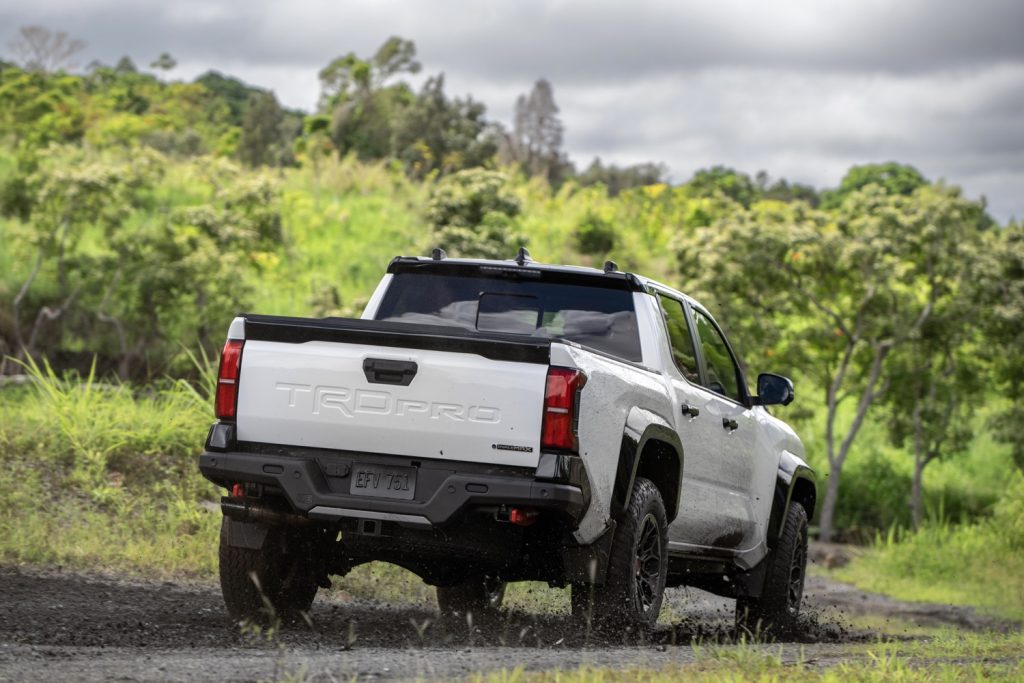
Identify collisions or major repair entries that changed the car’s structure. Consistent maintenance helps assure safety, while unreported crashes can show risky structural weakness.
Evaluate Usage Purpose
Reports indicate whether vehicles were privately used or part of commercial fleets. Understanding usage helps predict wear condition and overall system reliability before acquisition.
Check Recall Information
When reports list recalls, verify these were addressed through manufacturer servicing. Ignoring recalls can risk safety concerns, so confirm corrective actions were completed successfully.
Note Geographic History
Vehicles previously used in harsh regions may have corrosion issues. Tracking regions of operation helps detect effects of climate or poor storage environments across ownership timelines.
Confirm Lien or Loan Entries
Outstanding financial records can complicate ownership transfer. Ensure payment clearances before transaction completion to avoid delays or unexpected issues after acquisition paperwork.
Smart Purchase Steps
Understand the full record before committing. Reports reveal genuine information that uncovers quality concerns and help judge true condition.
- Always crosscheck report details carefully using verified references for consistency with listed documents.
- Request clarification from previous owners if any data appears unclear during review or comparison.
- Make purchase decisions only after reviewing mechanical inspection reports from trusted workshops.
Making confident choices means examining every recorded detail precisely. Reading the document fully gives meaningful perspective ensuring reliability and safety awareness beyond appearance. Visit Maverick Toyota and buy used car for affordable price.
FAQs
What does a history report show?
It shows ownership records, service data, accidents, and title details for buyer awareness.
Why check recall notices?
Verifying recall notices ensures that safety upgrades or repairs have been completed correctly by prior users.
How often should records update?
Reports should update annually with service visits whenever ownership transfers occur through authorized registration.








